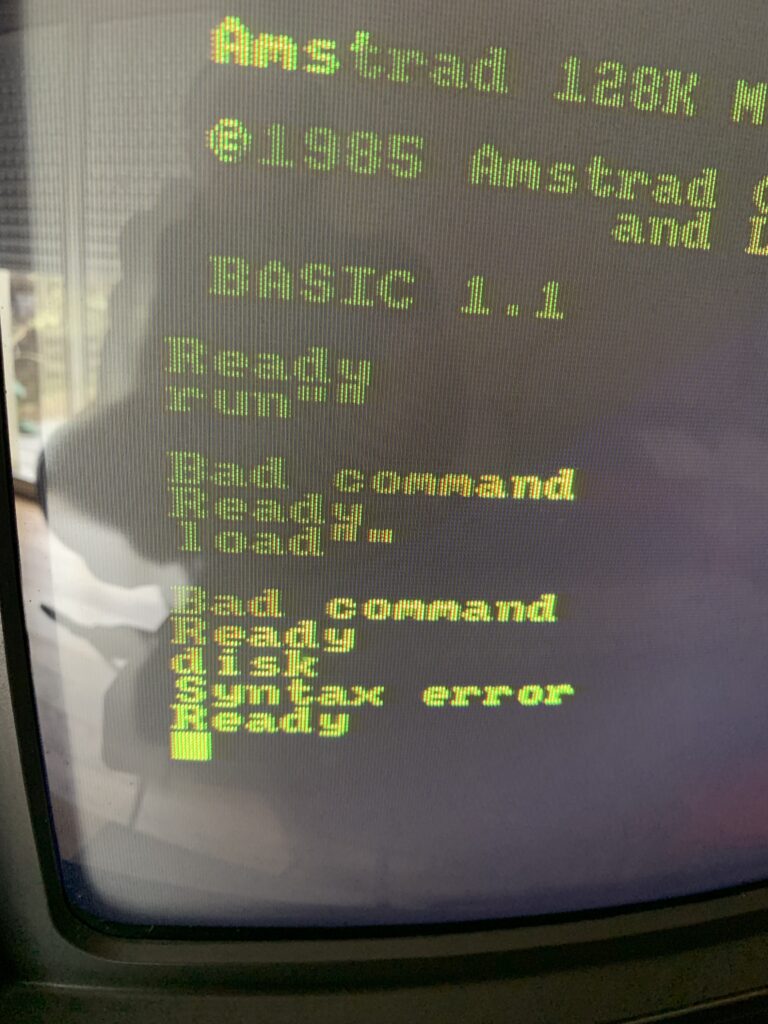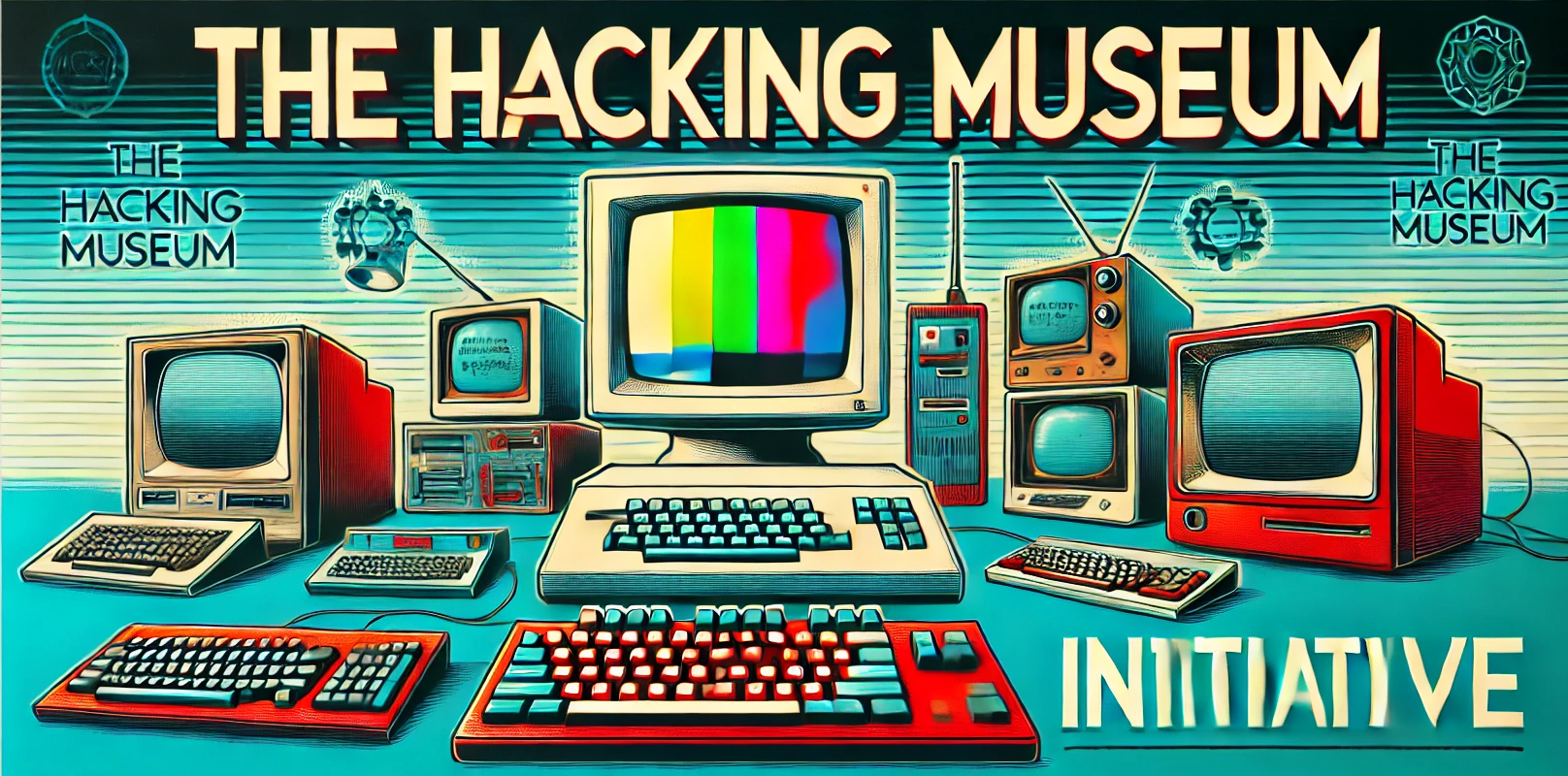How We Resurrect Old Hardware: A Hacking Frankenstein Story (Minus the Lightning
At the Hacking Museum, we don’t just show off old tech—we resurrect it. You’ve probably seen plenty of emulators running retro software, but where’s the fun in that? Here, it’s all about making the original hardware breathe new life again, even when it protests loudly with screeches from a 56k modem. It’s not just about preserving history; it’s about pushing the limits of what these machines can still do. So, how do we do it? Let’s dive into the technical madness.
The Art of Reverse Engineering Ancient Tech
Resurrecting old hardware is like solving a giant, dusty puzzle where half the pieces are missing, and the other half are stuck together with tape. But we love a challenge. Our first step in bringing these ancient beasts back to life is reverse engineering them from the inside out. These machines were not made for today’s world, so we disassemble, decode, and, when necessary, rebuild components to make them compatible with the modern age.
Here’s where things get fun:
Component Salvaging: Finding old processors and memory chips is like hunting for relics in a tech graveyard. We source parts from obscure corners of the world (or our basements) and even 3D print replacements when needed.
Circuit Bending: Sometimes, we don’t just fix the hardware—we hack it to do things it was never meant to do. Like making an Amstrad CPC connect to the internet or forcing a ZX Spectrum to display modern graphics.
Firmware Resurrection: Old firmware is often corrupted or missing, so we dive into archival databases, disassemble old code, and sometimes, write new code to get these machines talking again.
Building a Frankenstein’s Lab of Retro Tech
Once we’ve got the parts, we start experimenting. Each machine presents its own unique challenge. It’s not enough to just turn them on. We want them to function—often in ways their original creators never dreamed of. Think of it like running a marathon with a typewriter strapped to your back.

Powering Up Prehistoric Beasts: Getting a 40-year-old machine to boot is no small feat. These things weren’t designed for today’s power standards, so we rebuild power supplies from scratch, create custom adapters, and occasionally sacrifice a modern power strip to the tech gods.
Rewriting History, Byte by Byte: Once powered up, the real challenge begins: making these machines useful. We reprogram old software to interact with modern networks, develop custom drivers, and sometimes coax a machine from the ’80s to interact with today’s web. Yes, we’ve made a ZX Spectrum tweet—it wasn’t pretty, but it worked!
Hands-On Retro Hacks: The Practical Challenges
There’s no manual for what we do. Sure, some of these machines came with user guides… but they’re written in a language no one speaks anymore (anyone still fluent in BASIC from 1984?). That’s where trial and error comes into play. Every time we bring an old computer online, we hit unexpected roadblocks—missing drivers, outdated ports, or weird memory limitations.
Here’s how we tackle them:
Trial by Fire (Or at Least by Debugging): Imagine trying to debug a machine that predates the internet. There’s no “Stack Overflow web site” for this stuff. So, we troubleshoot the old-fashioned way: one command at a time, painstakingly testing code that hasn’t seen the light of day in decades.
Hardware Hacking and Custom Mods: Some of these machines need more than just a new power supply. We modify motherboards, solder on new ports, and create Frankensteinian mashups of old and new tech to make them communicate with modern systems.
The Joy of Making the Impossible Work
Why do we do this? Because there’s something undeniably satisfying about taking a machine everyone wrote off as “useless” and making it do something incredible. The thrill of hearing an ancient hard drive spin back to life, the joy of successfully booting up an operating system from 1985, and the sheer madness of making obsolete hardware ping Google—it’s all part of the adventure.
And no, it’s not just for fun. The techniques we develop to resurrect these machines also help us understand the architecture of modern computing. Hacking is all about experimentation, and there’s no better way to experiment than by working with tech that’s barely holding together.
Why Bother with Real Hardware?
While emulation is a neat way to relive the past, it doesn’t capture the physical essence of the machines. There’s something magical about the tactile experience of pushing actual buttons, hearing mechanical parts grind to life, and watching a screen flicker to display pixels that would make today’s monitors blush with shame. It’s not just nostalgia—it’s the real deal. And once you’ve successfully hacked a piece of ancient hardware, no modern emulator can ever compare.

At Hacking Museum, we’re not just about showcasing the history of hacking—we’re all about living it.
We’re here for the thrill of making things work that shouldn’t, and we’re dragging these dinosaurs of tech back into the digital age… just for fun.

Here’s what happens when a newbie retro hacker tries to figure out the right command syntax on a prehistoric 1985 CPC 6128… Trial and error 100 times instead of just reading the manual…

